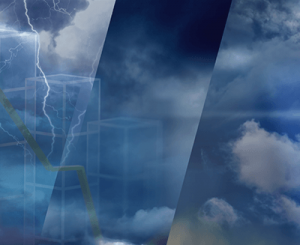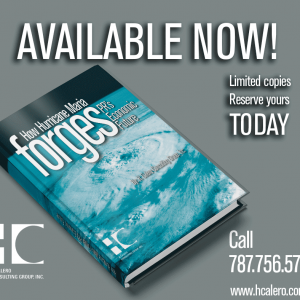
Q42017: A Shattered Economy After Hurricane Maria
 Analysis of 4th Quarter 2017 economic indices
Analysis of 4th Quarter 2017 economic indices
At the end of 2017, PR exhibits a shattered economy with a broken infrastructure due the devastation of hurricane Maria on September 20, 2017. As of January 2018, more than 400,000 clients or 30% of PREPA’s clients still had no electricity. As analyzed in our previous Q3 issue, a fast recovery of electricity is a key factor in the island’s economic recovery. Other basic infrastructure, such as, water, communications, and roads continue to have problems. The lack of a fully operational and reliable infrastructure is hitting businesses as well as households. With lower demand and rising operational costs, many businesses have reached the point of no return and have closed or filed for bankruptcy. Families have chosen the option of mass migration, particularly to the USA. HCCG’s six quarterly economic indices highlight the effects of the broken infrastructure and a weak economy in the post Maria era.














